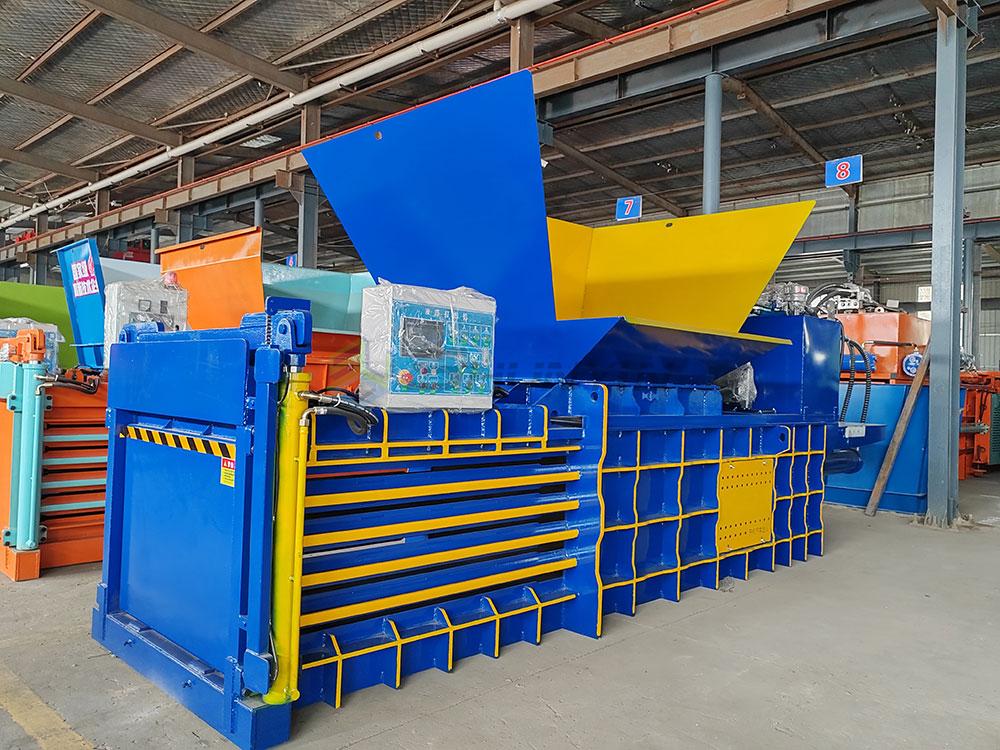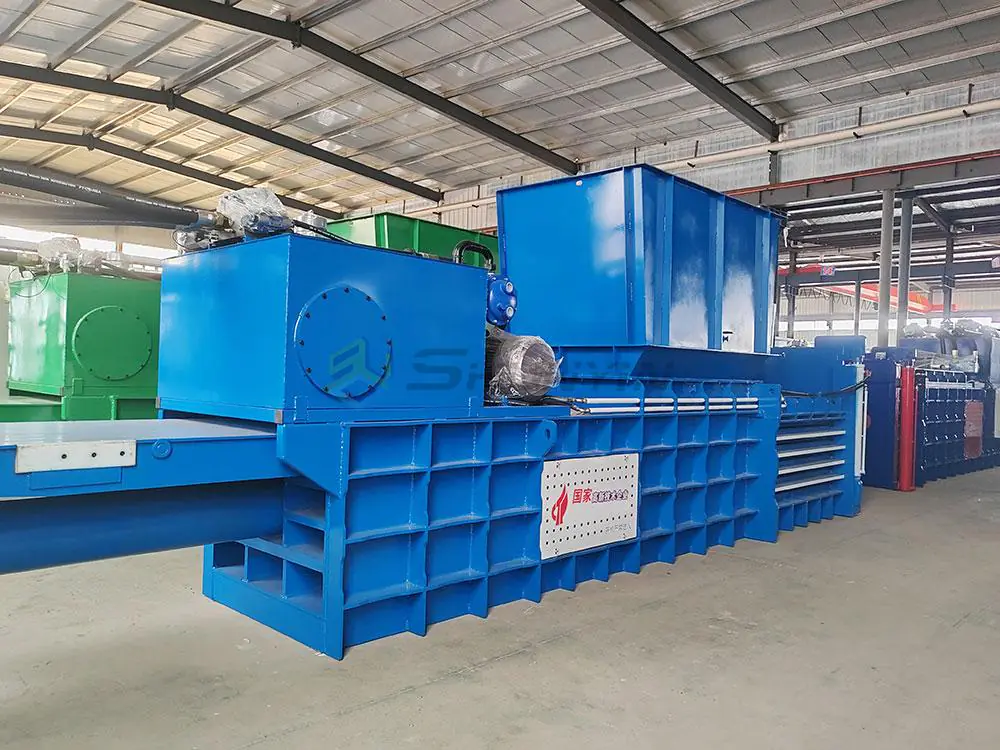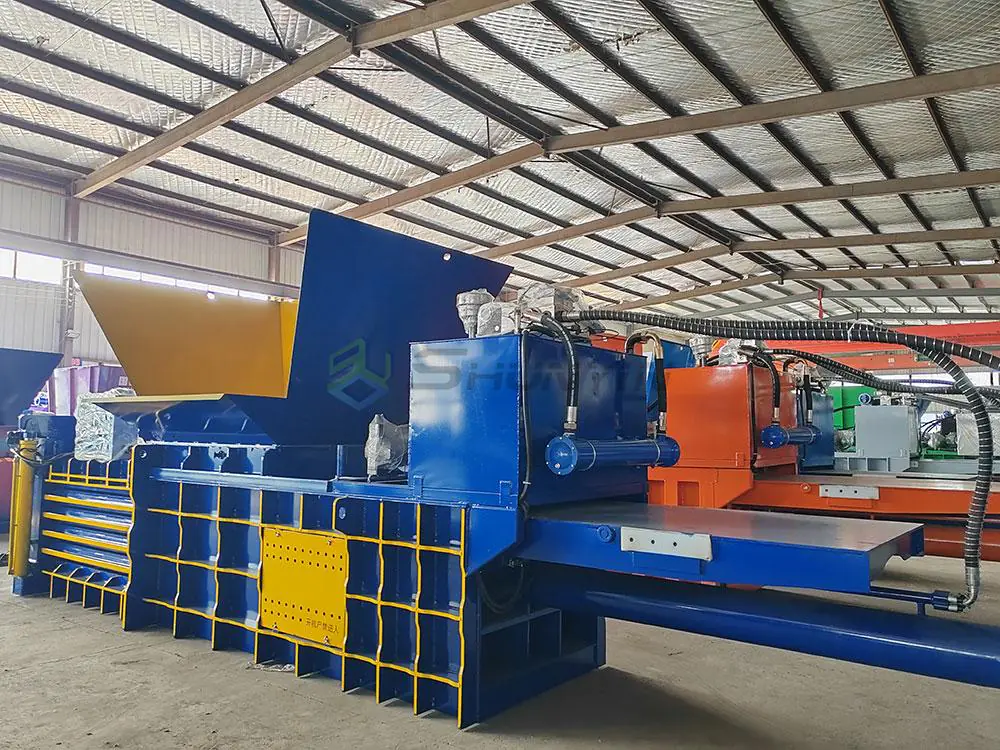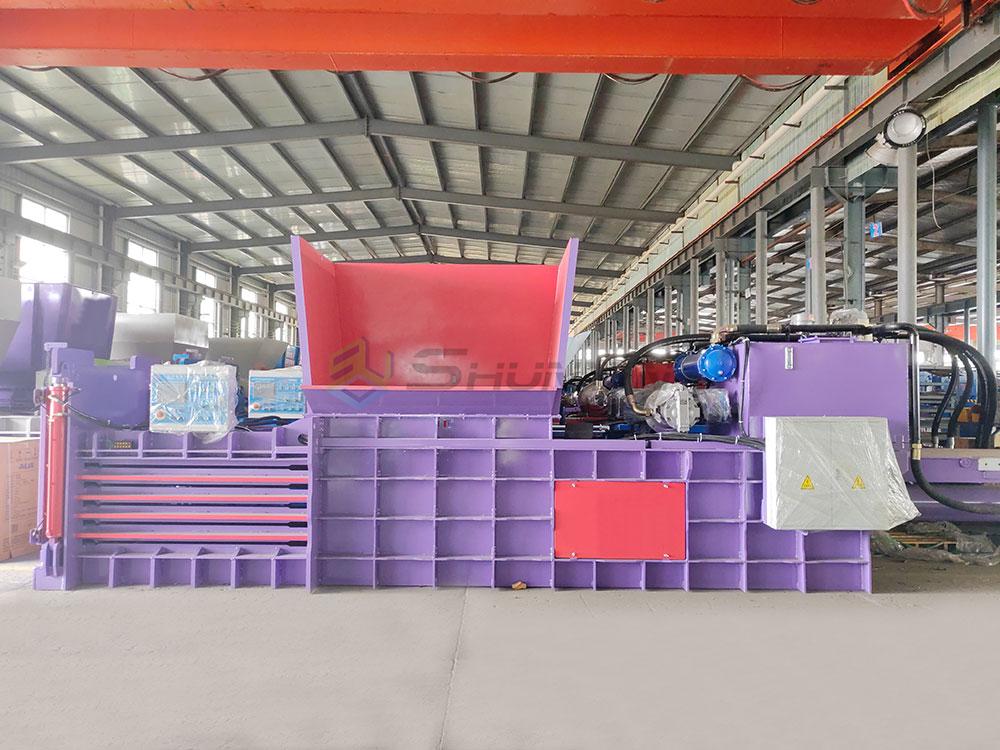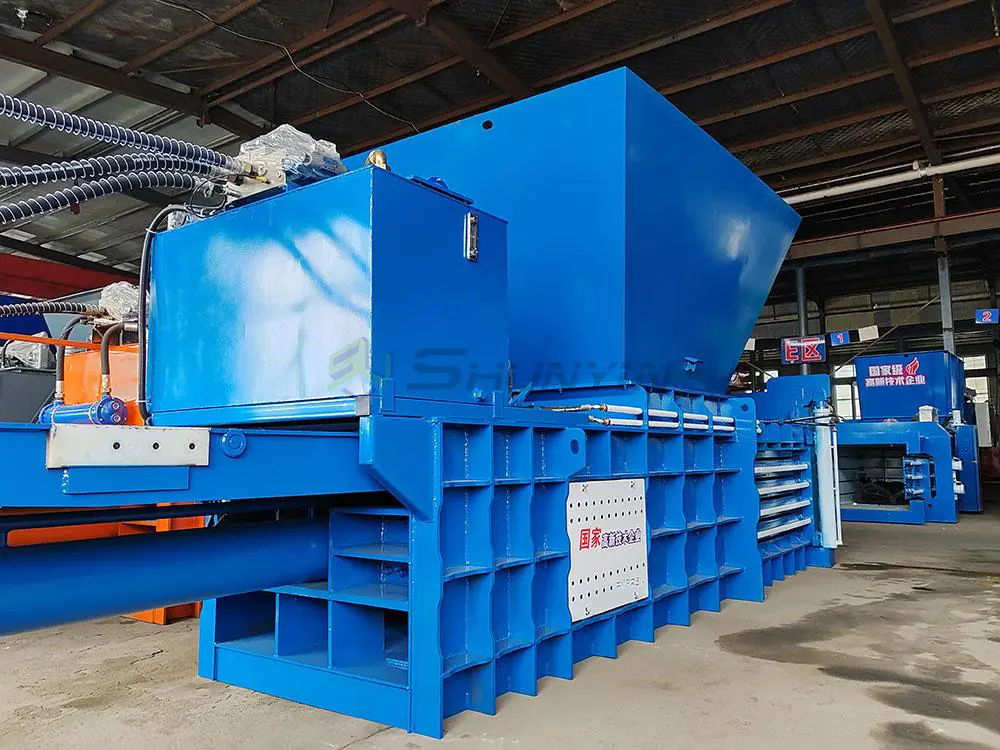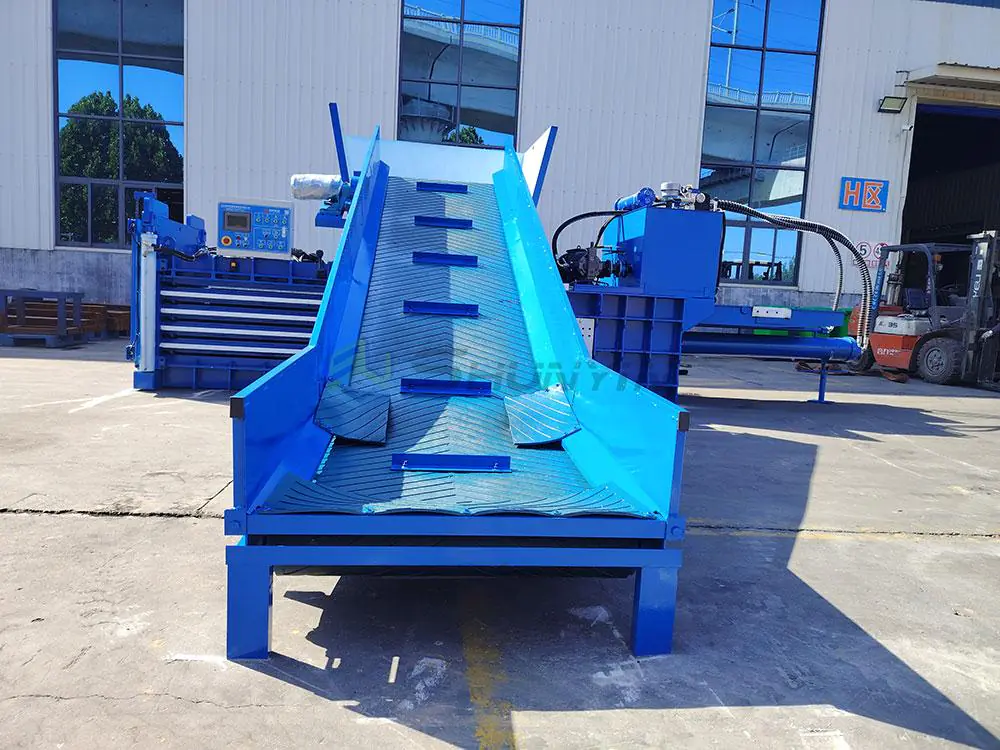Struggling with inefficient manual compaction? Lagging processing times increase overhead. Switching to automation fixes this immediately.
Automatic balers eliminate human intervention in waste processing, achieving 95% operational uptime through self-feeding systems, precision compression control, and bale auto-ejection – consistently producing mill-ready bales without labor costs.

Canadian recyclers like Lambert report 72% lower expenses after conversion. See why automation beats manual methods.
What is the purpose of a baler?
Watching recyclables pile up? We installed balers for a Bangkok mall facing warehouse overflow last quarter.
Balers compress materials into transportable blocks, preserving recyclable value by reducing volume 80%, preventing contamination, enabling bulk hauling savings, and meeting mill specifications to maximize waste conversion profits.

Value mechanics in every ton
Lambert nearly rejected automation until seeing annual savings projections. Understand your material economics.
Price difference by compaction type
| Material | Bulk Price ($/ton) | Baler Price ($/ton) | Value Increase |
|---|---|---|---|
| Cardboard | $65 | $130 | 100% |
| PET bottles | $280 | $420 | 50% |
| Office paper | $90 | $145 | 61% |
| Aluminum | $950 | $1,350 | 42% |
Proper density unlocks premium pricing tiers. Analyze your material
Crucial operational impacts
- Storage gains: Free 85% space instantly
- Collection frequency: Fewer pickups slash bills
- Transport efficiency: Optimize truck loads
Our custom solutions include density sensors. Schedule demo
What is an automated waste management system?
Frustrated with sorting delays? Singapore facilities cut processing time 68% with our integrated line.
Automated waste systems combine balers, conveyor belts, robotic arms, and AI monitors to achieve continuous material throughput without human intervention – feeding, sorting, compacting, and ejecting bales autonomously 24/7.

Zero-human processing reality
Japanese plants gained 400 operational hours yearly after switching. Technology outperforms crews every time.
Automation level comparison
| Operation | Manual Handling | Semi-Automated | Full Automation |
|---|---|---|---|
| Throughput | 2-4 tons/hr | 7-9 tons/hr | 15+ tons/hr |
| Labor Cost | $38/ton | $18/ton | $5/ton |
| Error Rate | 14% | 6% | 0.8% |
| Space Req. | 500m² | 300m² | 180m² |
Lambert recouped costs in 14 months. Calculate ROI
System non-negotiables
- PLC control: Brain of the operation
- Smart sensors: Prevent jams
- Remote diagnostics: Cut downtime 50%
We pre-test systems with your waste streams. Request trial
What is the function of baling machine?
Losing revenue to poor compaction? Canadian facilities report $28,000/year savings switching to SYBALING.
Baling machines apply hydraulic force (1,800-12,000 PSI) to compress loose materials into uniform blocks meeting mill transport standards – optimizing logistics, preventing contamination, and increasing material resale value.
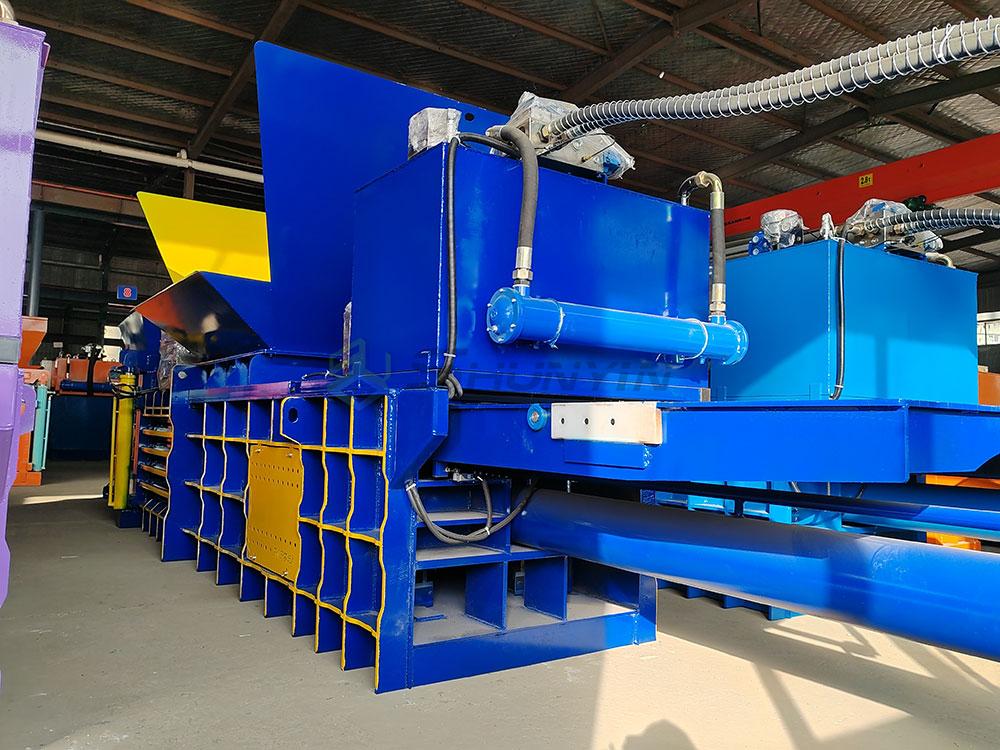
Engineering behind efficiency
After 500+ global installations, I’ll explain critical design differences.
Performance benchmarks
| Spec | Vertical Balers | Horizontal Auto | 2-Ram Industrial |
|---|---|---|---|
| Max PSI | 1,800 | 4,600 | 12,000 |
| Cycle time | 95 sec | 65 sec | 48 sec |
| Daily cap. | 5 tons | 35 tons | 60+ tons |
| Power draw | 7.5kW | 22kW | 37kW |
Japanese clients prefer our variable-pressure systems. Review specs
Must-have safety features
- Auto-stop sensors: Prevent operator risk
- Emergency releases: Meet EU CE standards
- Pressure controls: Eliminate over-compaction
All units include OSHA-compliant kits. Get safety report
What is baling in recycling?
Seeing 40% material loss? Tokyo facilities boosted recovery rates by installing SYBALING presses.
Recycling baling transforms loose waste into compressed blocks locking value by preventing pollution, reducing decomposition, minimizing storage costs, and creating standardized units automated mills efficiently process.

Why mills require uniform cubes
Lambert now contracts directly with factories after producing mill-spec bales.
Recycler demand standards
| Parameter | Loose Refusal | Baler Requirement | Enforcement |
|---|---|---|---|
| Dimensions | N/A | 1.2m x 0.8m | Mandatory |
| Moisture | Up to 20% | Under 8% | Price penalties |
| Density | Variable | Min 200kg/m³ | Bale rejection |
| Purity | 60% | 94%+ | Contract compliance |
Singapore plants increased contracts 67% meeting specs. Compare standards
Recycling-specific features
- Corrosion-proofing: Handle wet waste
- Anti-oxidation: Preserve fibers
- Containment seals: Stop material loss
Our systems meet global mill standards. Request spec sheet
Conclusion
Automatic balers enable round-the-clock waste processing, maximize recyclable value and eliminate labor costs – revolutionizing efficiency in modern recycling operations regardless of scale.


